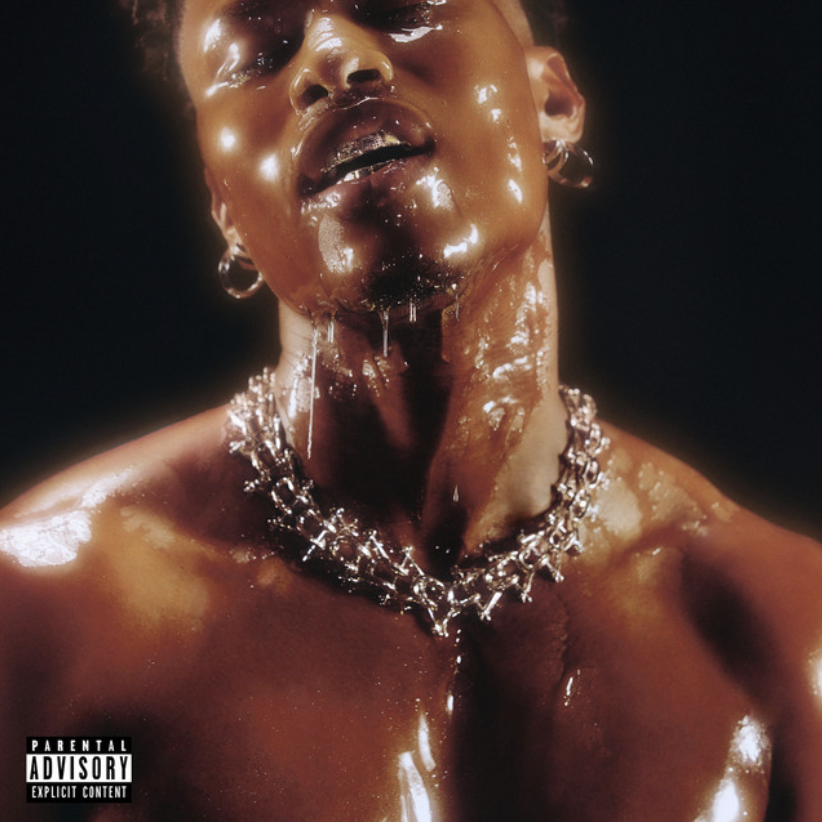There aren’t too many voices in modern R&B that stand out from the crowd like Lucky Daye’s does. His expressive, tender, and subtly growly vocal delivery has helped build his prominence as a male vocalist at the forefront of the genre, and combined with a knack for harnessing traditional styles of soul and rap in his contemporary sound, David Brown (Lucky Daye) continues to garner steady attention on his musical output. Just his second full-length effort to date, Candydrip demonstrates a refinement of his classic R&B sound in nearly all fronts, from the pristine, multi-faceted production to elevated vocal performances, for an album that has equally as much fun bathing in its influences as it does expanding on them.
Candydrip is a thorough and holistic musing on love, both the sensual highs and the bitter lows of fast, passionate romance. At one moment, Brown is riding the highs of this deep and utter infatuation with his s/o, the resonating bass line and floating electric guitar licks on “Fever” setting the stage for the emotional peak he ascends to. At the next moment, he’s bitter about the cyclical toxicity of a relationship void of passion and commitment, as the brooding, moody guitar-backed instrumental on “Over” soundtracks the resulting spiteful relationship fallout (“Now you walking on a thin line / We been through it, like, ten times / I’ma have to decline”). The passion Brown has for these moments—good and bad—shines through in his detailed lyricism and stirring vocal performances as he runs through the gauntlet of emotions over the album’s entirety, and it’s apparent that these experiences are not his first rodeo.
In many pockets of the record, Brown sits comfortably in his lane of classic, straightforward R&B, clearly wearing his influences on his sleeve and all for the better. Tracks like “Cherry Forest” soar with the undeniable bass-driven groove and luscious group vocals synonymous with the ’70s, but the warmth and bliss of the song comes from his unwavering confidence so easily perceptible in his singing.
In this respect, Candydrip reflects a new level of assuredness for Brown’s artistry, not only in playing to his strengths, but also understanding how to take his sound and expand it to newer flavors. Whether it’s the alluring and tasteful touches of gospel on the jubilant “F****n’ Sound,” the bright and vibrant shades of pop on “Feels Like,” or the remote elements of trap-rap on the Lil Durk-assisted “NWA,” Brown never paints himself into a corner, exceeding in pushing the boundaries of his artistry—and the genre as a whole—to newer places sonically.
With Candydrip, Lucky Daye provides the reassurance that the state of modern R&B is in a great place. Breathing life into the sounds and styles that defined the genre, while reaching out for others that blend so seamlessly together under his vision, he sets a precedent for his contemporaries to take note of.
Advertisement
